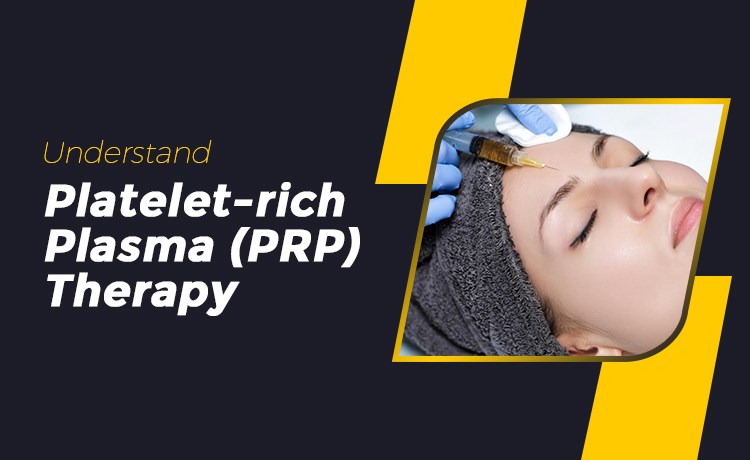Platelet-rich plasma (PRP) is an injectable substance that contains plasma that contains water and protein. It is responsible for helping the white blood cells and platelets to move quickly through our bloodstream. As we all know, platelets aid in healing any injury in our body, such as damage to tendons, ligaments, joints, and skin wounds. That is why PRP therapy is now created for this purpose.
How Is Plasma Collected?
A machine draws out the plasma from your blood. The machine separates the platelet-rich plasma from the blood. So when you have an injury, the area of the damage is injected with anesthesia, and once it becomes numb, PRP is injected on that spot. Ultrasound is performed in some cases to target the exact area. For example, injury or surgery is in your muscles, PRP is inserted in several spots in that muscle. The platelets speed up healing by breaking down, releasing growth factors in the process. These growth factors are responsible for repairing damaged cells and renewing them. Platelet-rich plasma (PRP) therapy treats the following;
- Torn tendons
- Tendinitis
- Muscles injury
- arthritis
- Joint injuries
- Androgenic alopecia
- Vampire facial
How About Its Efficiency?
Platelet-rich plasma therapy is done after surgery. Some even use it as a treatment for wrinkles. The efficacy of this therapy as a cosmetic treatment is still debatable now. The only sure thing about this therapy is it helps to heal injuries fast. It was also proven to boost mobility for people who have rotator cuff injuries. So far, PRP therapy studies are still ongoing. But its efficacy in speeding up healing in wounds is already 100% effective. But for cosmetic purposes like reducing signs of aging, it still needs more proof. However, for hair loss in people, this therapy shows a positive result. Injection of PRP appears to reduce hair loss. One of its disadvantages is, the result is not immediate. The PRP therapy works after several weeks when it is injected for hair loss. To see its full effect, maintaining the procedure is advised.
Things To Consider Before PRP Therapy
- Before getting PRP injections, stop taking ibuprofen and aspirin because they can thin your blood.
- Take a break from Vitamins and supplements like omega-3 acids.
- Eat appropriately before injection so that you will not feel dizzy or lightheaded after the procedure.
- Do not wash the area of injection for 48 hours.
- Check for your platelet count first before getting PRP therapy.
- Only get PRP injection from a licensed Doctor.
Final Words
Now that you understand Platelet-rich plasma (PRP) therapy, you can decide whether your condition needs it. And to be safe, always consult your doctor for the procedure if you are qualified for this kind of therapy or not.








